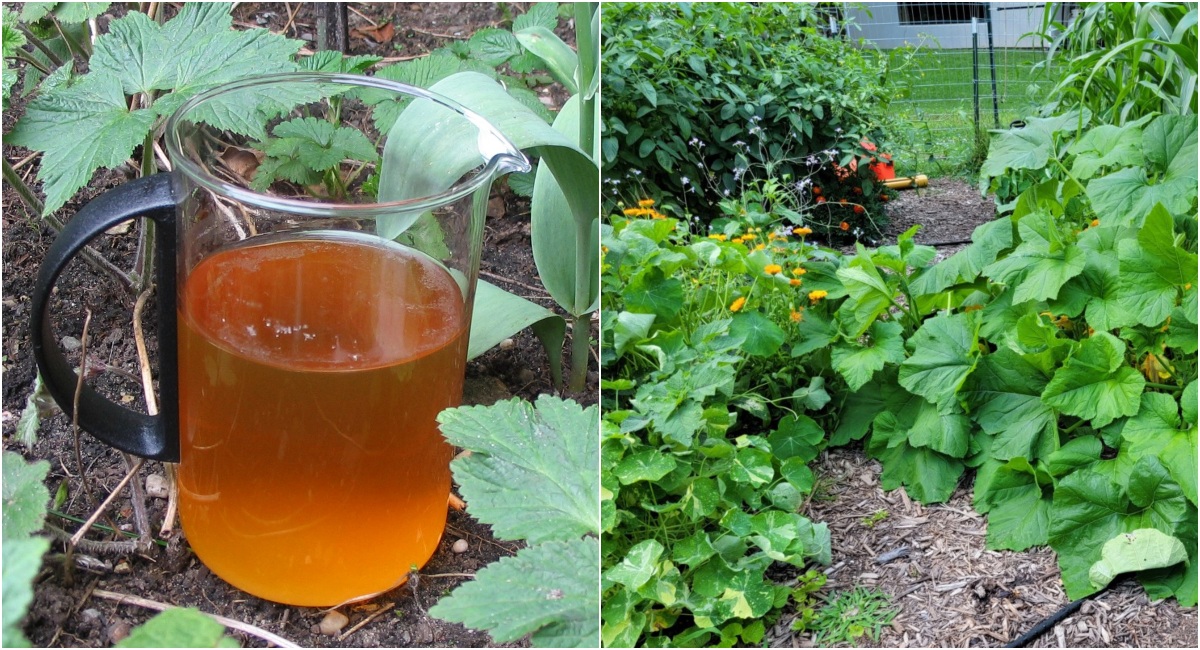
Urine is an incredibly valuable resource – one that’s free and readily available to everyone, but it gets flushed down the toilet every day, without a second thought.
That hasn’t always been the case. Until the creation of sewage systems and industrial processes, humans recycled their pee.
Our forebears were a resourceful bunch and knew not to waste this precious supply. Urine from chamber pots would be rounded up and left to age and ferment.
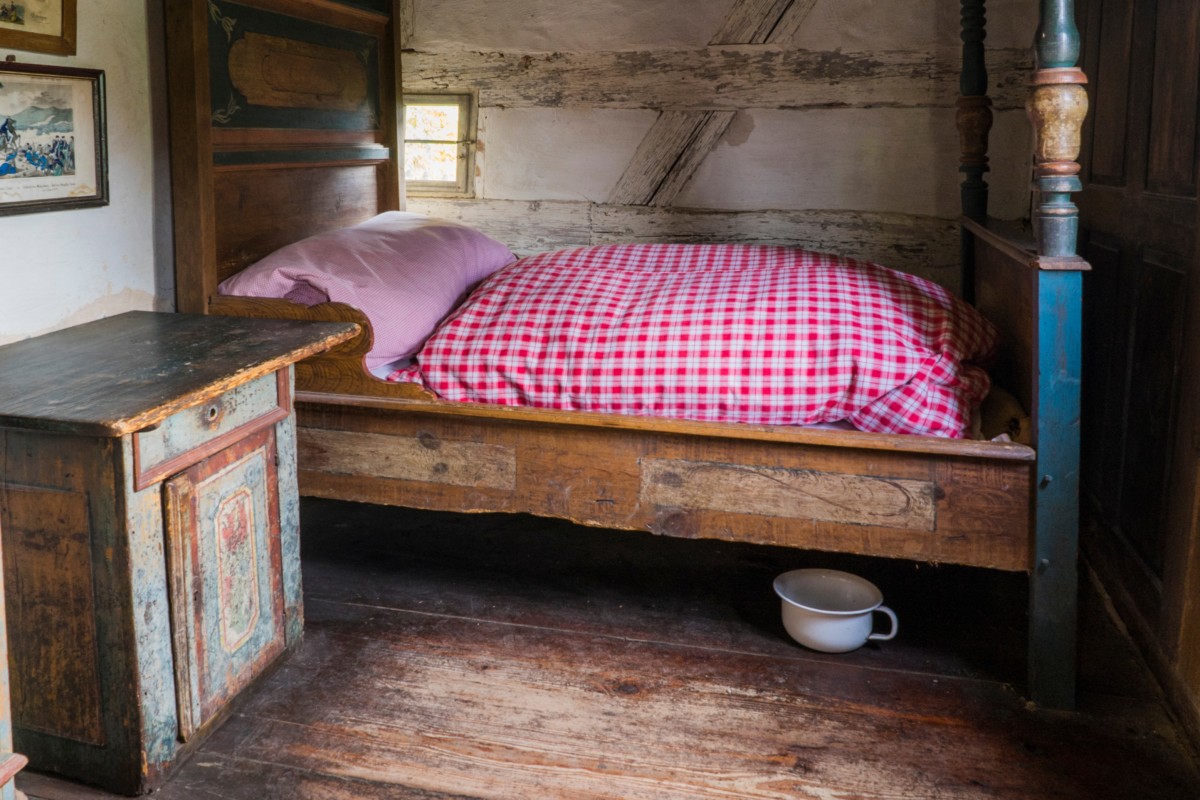
The urea in urine breaks down into ammonia over time. Stale pee (known as “lant”) was a common cleaning solution for the home and laundry and was even used to whiten teeth and freshen breath at one time.
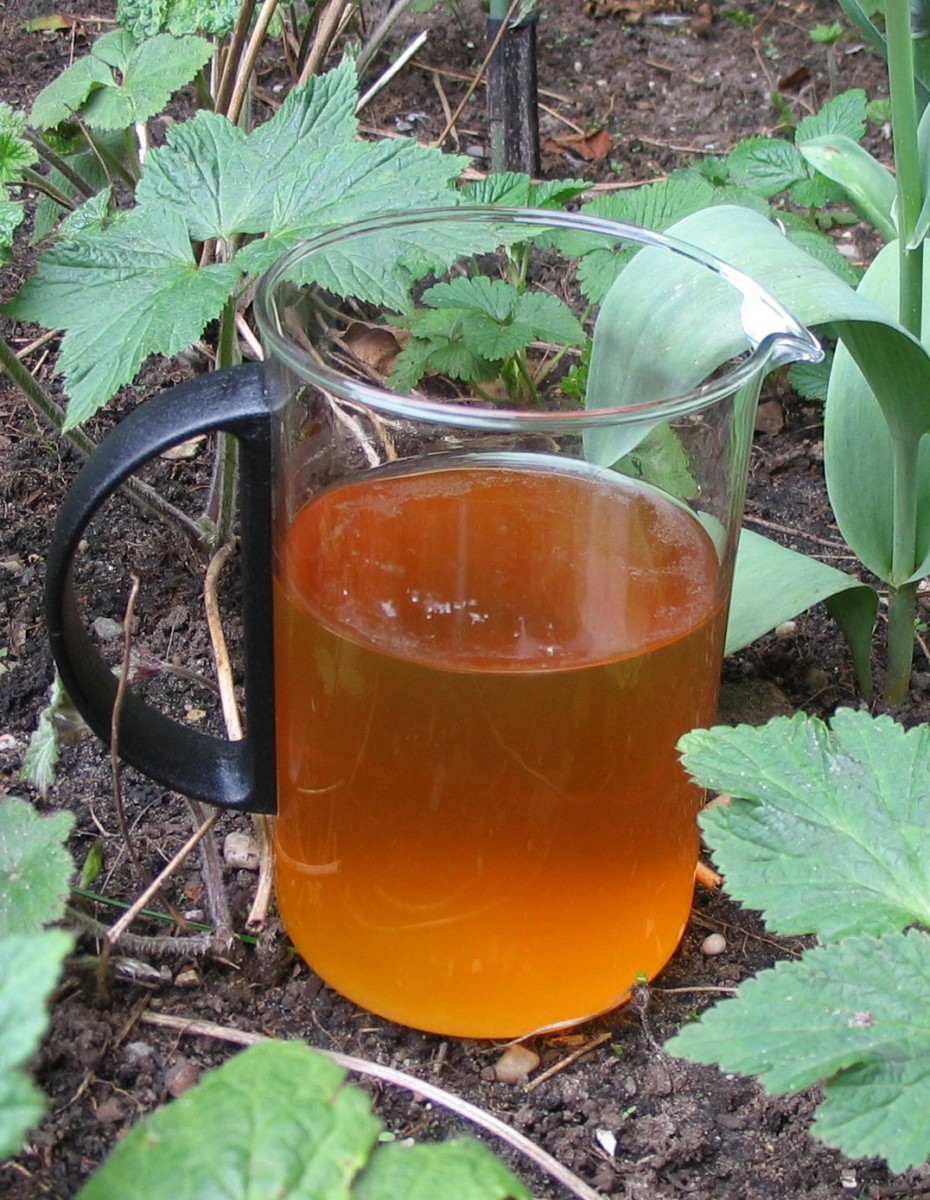
Image Credit: SuSanA Secretariat @ Flickr
Other applications included making gunpowder, flavoring ale, and preparing wool and other textiles for dyeing. When a town’s supply of lant ran low, all would be expected to contribute.
There are much better ways to clean your home and freshen your breath these days, thankfully. Yet, our pee is still a very useful liquid that can do some fantastic things in the garden environment.
What’s in Pee?
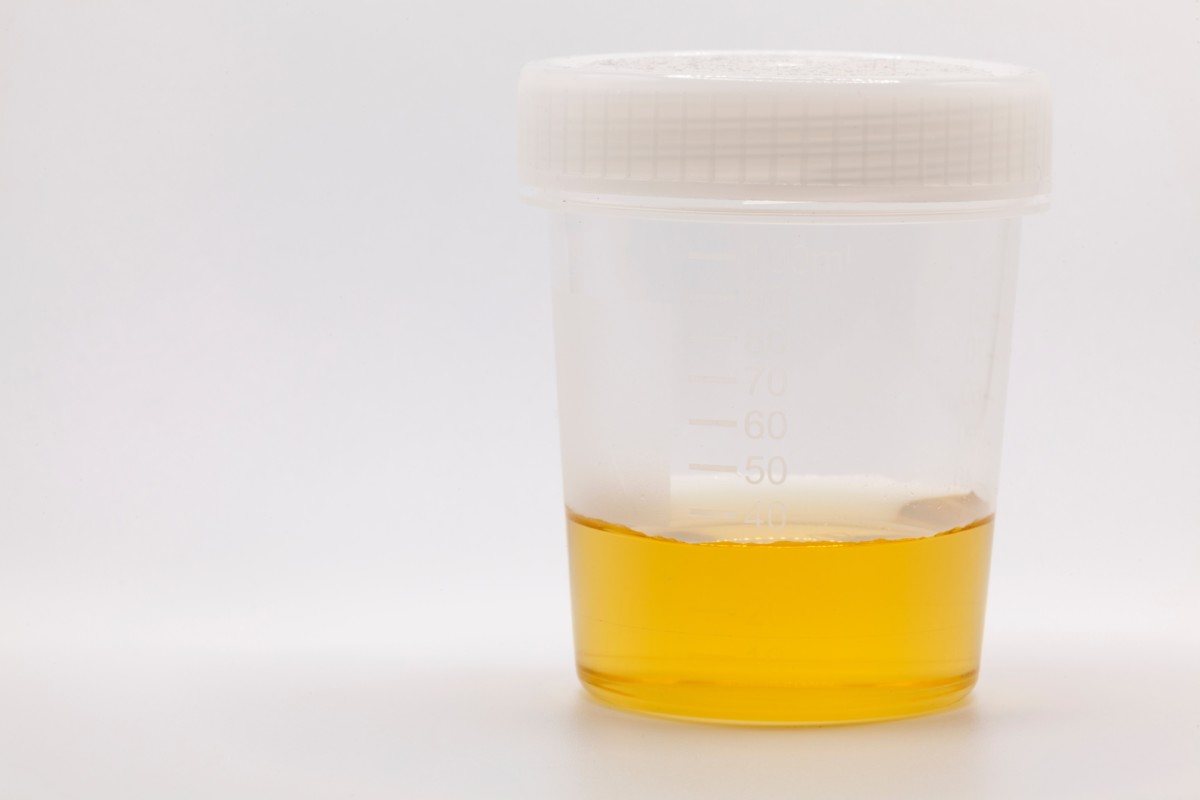
Because it’s human excreta, urine has an inherent repulsiveness to it. But when you actually look at the constituents of pee, it’s not really gross at all.
Food provides the nutrients we need for good health, and our digestive system strips them down to their most basic mineral forms. Pee is our body’s way of clearing out water-soluble chemicals from the bloodstream.
Unlike fecal matter, urine is nontoxic. It’s not poisonous or dangerous to human health in any way.
Urine is practically sterile when it leaves the body. It does contain microbes, even inside the bladder, but these are the good or benign kind of bacteria and not the type to cause infection or disease.
Urine has a slightly acidic pH, averaging around 6.2, and is made up of between 91% to 96% water. The remaining 4% to 9% is a mixture of minerals, salts, hormones, and enzymes.
Aside from water, the largest constituent of urine is urea at roughly 2%. Urea is an organic compound that is an excellent source of nitrogen.
The rest of urine contains traces of chloride, sodium, potassium, sulfate, phosphorus, calcium, and magnesium – which also happen to be key ingredients in fertilizer.
6 Ways to Use Urine in the Garden
The average adult will produce enough urine each year to fill up 3 standard-sized bathtubs, or about 130 gallons of liquid gold.
Here’s how to not let a drop go to waste:
1. Fertilize Your Crops
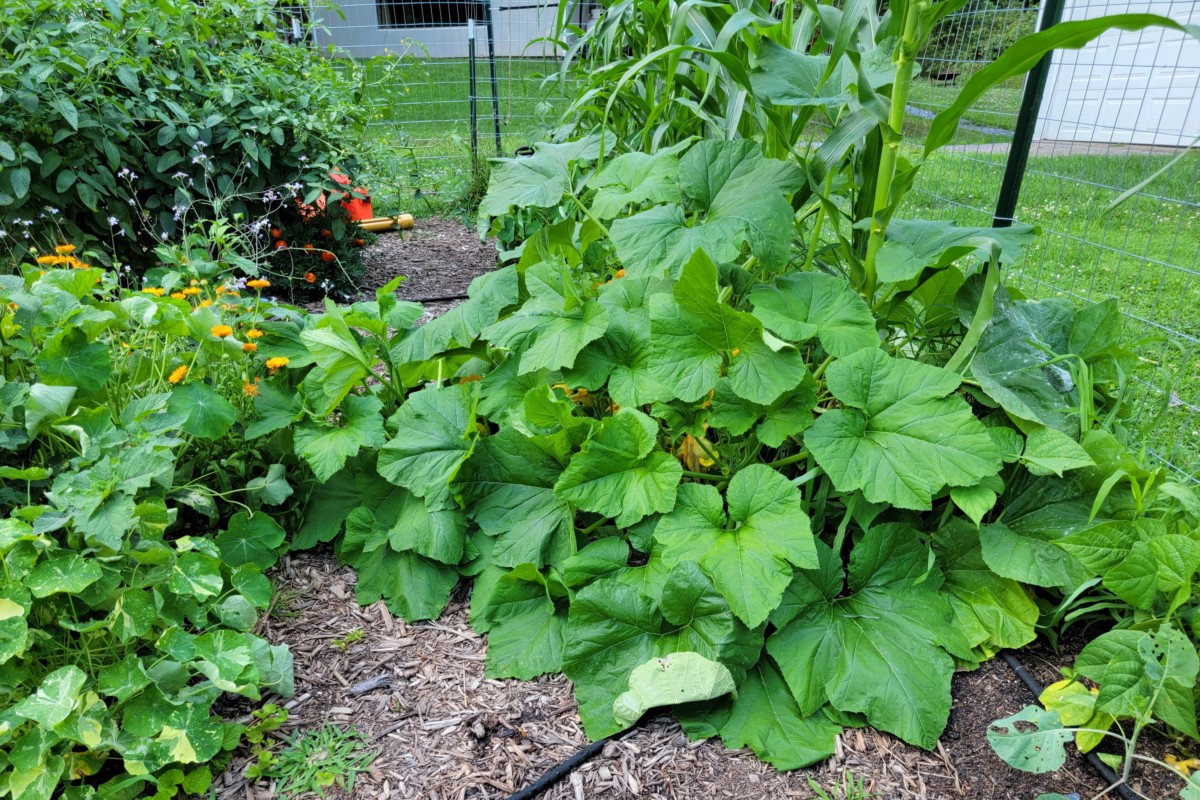
Pee has what plants crave!
Your typical whizz will have an N-P-K ratio of 11-1-2.5, making it an excellent source of nitrogen with a little phosphorus and potassium thrown into the mix too.
By the time urine leaves the body, it will be perfectly broken down into these elements, and plants will readily take them up to boost growth.
It might be hard to believe that we’ve been walking around all this time with high-quality fertilizer inside of us, but it’s really true. Using urine as a fertilizer has proven to be just as beneficial for plant growth as synthetic fertilizers.
In a 2010 study published in the Journal of Agricultural and Food Chemistry, beet plots that were fertilized with urine alone, as well as a combination of urine and wood ash, resulted in similar growth rate, beet size, yields, and root mass as plots treated with synthetic minerals.
How to use urine as a fertilizer
Urine is extremely potent straight out of the bladder, so it’s necessary to water it down before applying it to garden beds.
To dilute your pee, add 10 to 20 parts water to 1 part fresh urine.
Apply it to the soil around plants within 24 hours of collection. After a day outside of the body, the urea will start to break down into ammonia, making the mixture less nutrient-rich.
Wood ash is a great complement to urine fertilizer. It adds more phosphorus and potassium along with other important secondary nutrients like calcium and magnesium.
After watering plants with diluted urine, wait at least 3 days before applying wood ash to the soil. Using urine and wood ash at the same time will increase the soil pH and create the conditions for producing ammonia gas. This can be avoided by giving plants a few days to take up the urea first.
2. Fire Up Your Compost
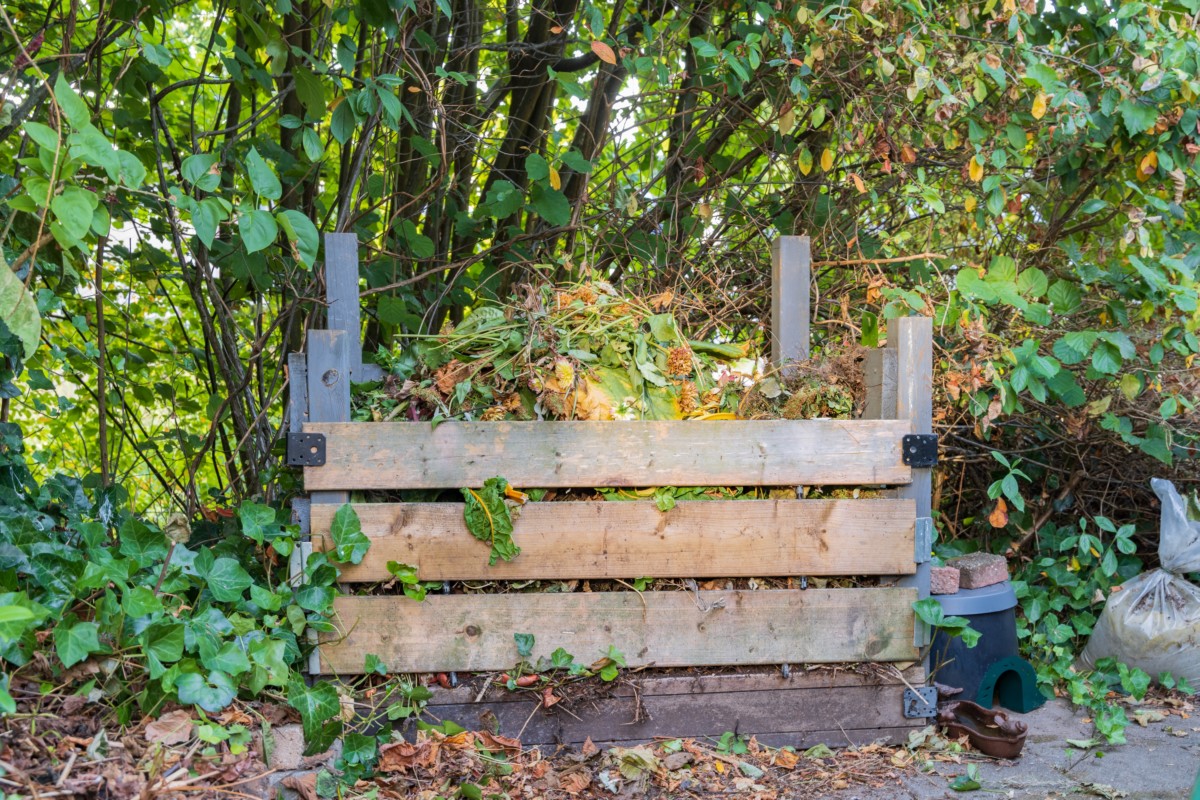
The most common reason for a slow or inactive compost pile is an imbalance between green and brown materials.
Too much carbon and not enough nitrogen will mean your compost heap will just sit there, like a bump on a log, without breaking down into the dark and rich topsoil we desire.
The addition of nitrogen-rich materials will wake up a sleepy compost pile and provide the proteins the teeny microorganisms need to reproduce and multiply. The more microbes at work, the faster things heat up and cause the organic matter within to decompose.
There are several good sources of nitrogen you can use to fire up your compost, but urine is one of the best since it’s the easiest to obtain.
How to use urine as a compost activator
Your morning wee is when your urea levels will be at their highest. Collect the very first pee of the day and pour it on your compost pile as is. There’s no need to dilute it.
Give the pile a turn and wait a few days. If it hasn’t heated up, repeat the procedure until the compost has warmed to a temperature range between 150°F to 160°F (65°C to 71°C).
3. Kill Weeds
Undiluted urine is really strong stuff.
At full strength, our pee is so plentiful in urea that it will cause plants to turn yellow, then shrivel up and die due to an overabundance of nitrogen. Pee also contains salts that can damage plants in high enough doses.
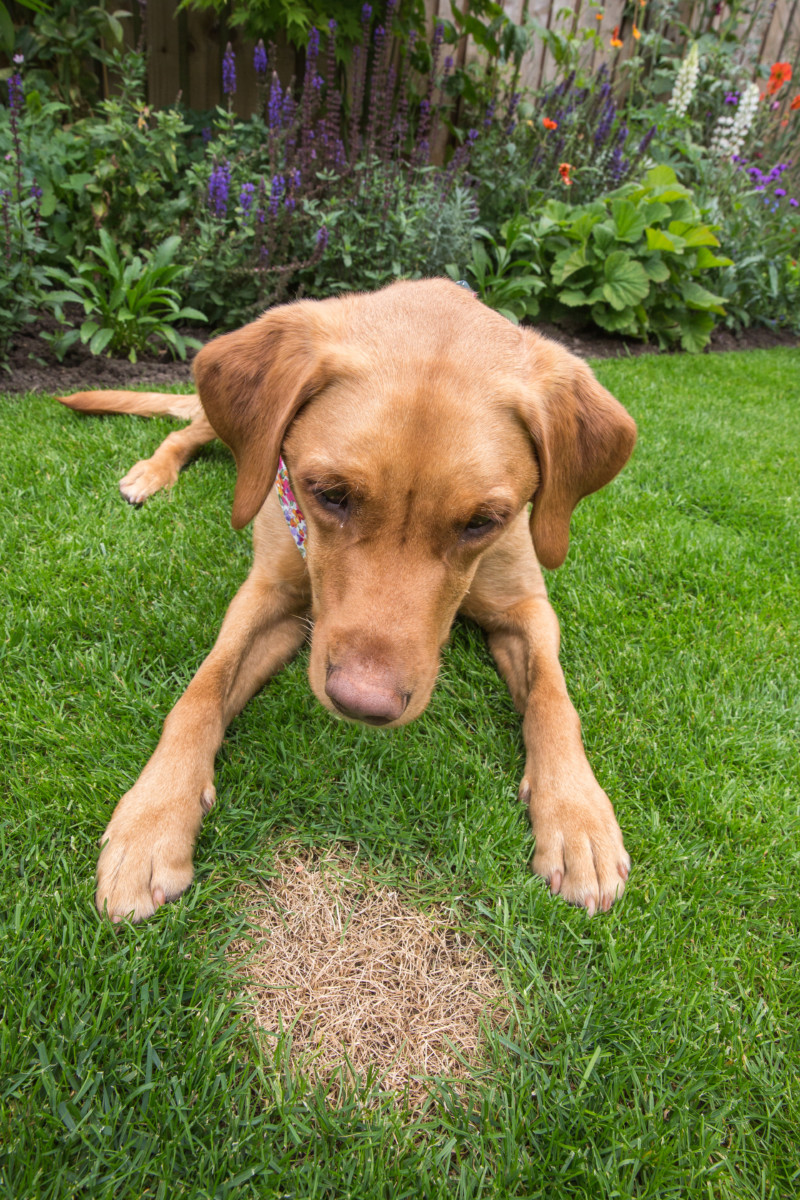
It’s the reason why patches of grass die back after dogs have repeatedly peed on the same spot, over and over again.
Pure and unadulterated urine can be a terrific natural herbicide, but there’s a catch; a single tinkle likely won’t be enough to kill off weeds for good.
How to use urine as a weed killer
To banish weedy growth, you’ll need either a decent amount of pee to dispense all at once or repeated applications of urine several days in a row.
It’s estimated that you would need to drench a weed with a long taproot, such as a dandelion, with about 6 cups of undiluted urine in one day to kill it off successfully.
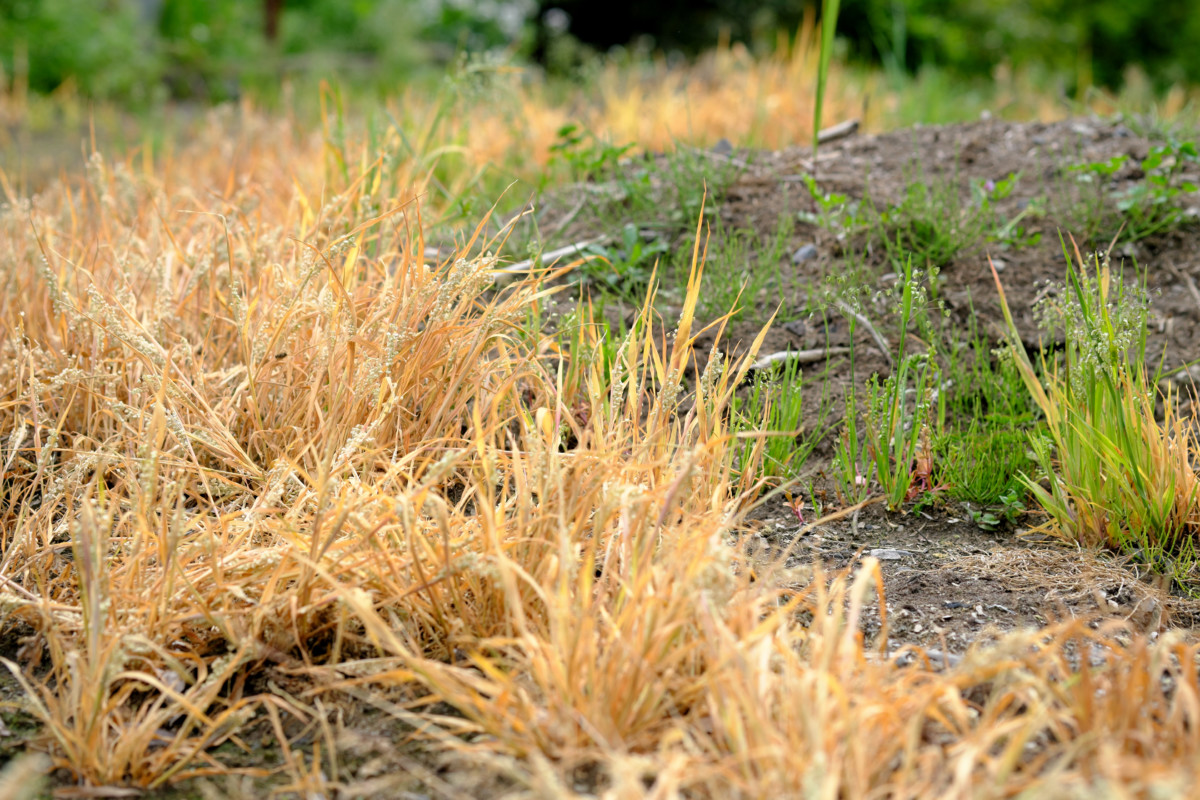
Unless you have an ample supply of pee at your disposal, urine is best used to spot-treat the most stubborn and tenacious weeds. Douse the weed really well, or make sure it’s peed on every day.
Whatever you do, don’t spray undiluted urine indiscriminately over a wide area. You don’t want to damage your wanted plants or harm the microbiota of the soil.
4. Treat Fungal Diseases
Mildews, blights, rust, wilt, or scales suddenly appearing on your crop’s normally lush green foliage is a worrisome sight indeed.
But if your bladder is full, you can harness the power of your pee to prevent and treat these and other fungal outbreaks.
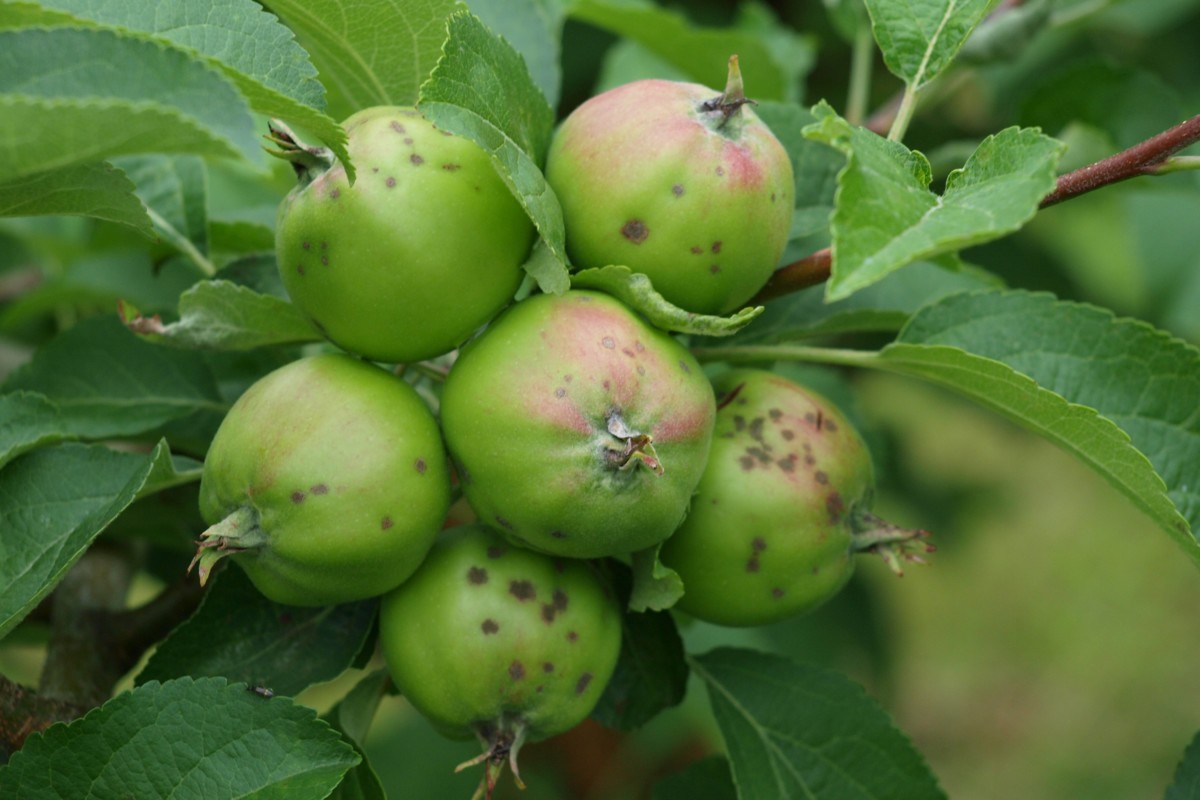
Commercial fruit growers commonly spray plants with a 5% synthetic urea solution to control apple scab and other damaging fungi. This same concept holds true for keeping fungal diseases at bay with urea-rich urine applied to plants in the home garden.
How to use urine to prevent or treat fungal diseases
Aged or fresh, urine is a broad-spectrum antifungal that targets the offending mold without burning healthy leaves.
To use urine as a general anti-fungal preventative, it must first be made into a milder tonic by diluting it down to a 4:1 water-to-urine ratio.
Spray fruit trees and berry bushes in autumn with diluted urine after they’ve dropped their leaves. Saturate the trunk and branches completely. Be sure to douse the soil below as well as the fallen leaves.
Repeat twice more in spring, before and after the buds have opened.
To use urine to treat an already afflicted plant, spray it thoroughly at the first signs of infection.
Start with a 4:1 dilution and gradually increase to a 2:1 water-to-urine ratio. Reapply every few days until you see no more fungal blights.
5. Rot Away Tree Stumps
When living trees are felled, most of the above-ground growth will be gone, but the enormous root system below will soldier on.
It’s a problem, particularly with invasive or aggressive tree species. The roots – with a radius of 2 to 3 times the size of the tree’s canopy – will survive a topping and will continue to wick away moisture and nutrients from surrounding plant life.
The tree is still very much alive when you see leafy shoots emerge from the leftover trunk.
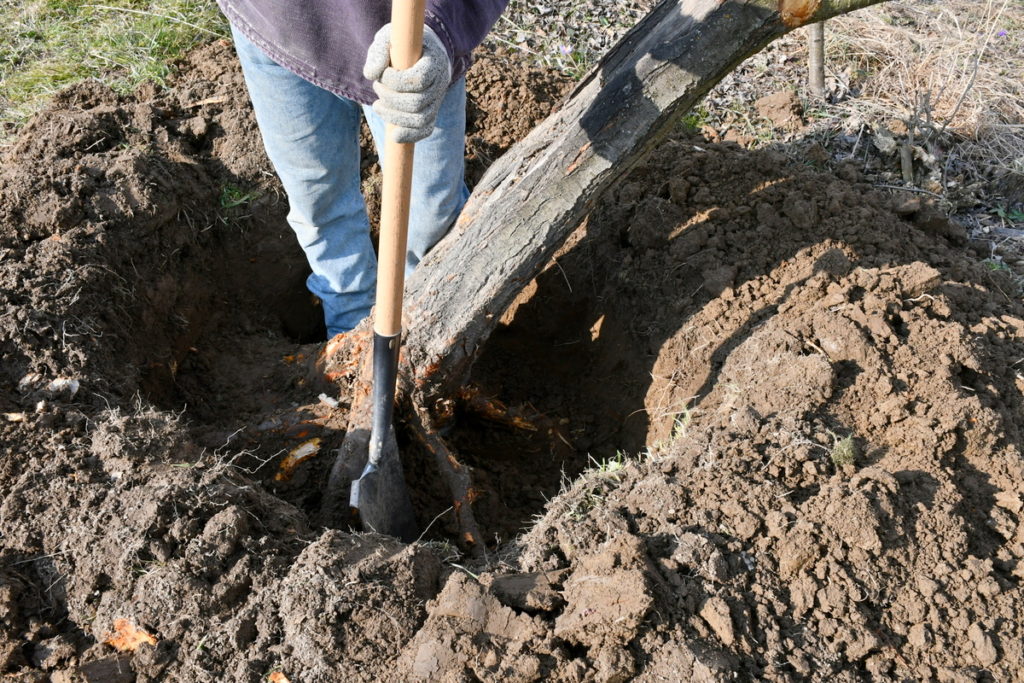
To rid yourself of weed-like trees, you can manually dig out the trunk or rent a stump grinder. But the much, much easier way is to let urine do the hard work for you.
Like composting in situ, treating carbon-rich tree stumps with high nitrogen pee will quicken the normally very slow decomposition process. Without any treatment, a large tree stump can take 10 years or more to completely deteriorate, but the addition of urine will usher in more wood-rotting fungi and microbes.
How to use urine to decompose tree stumps
Drill several vertical holes into the top of the tree stump. The holes should be a half-inch to 1-inch wide and a few inches deep into the wood. Make as many holes as you can squeeze into the horizontal surface.
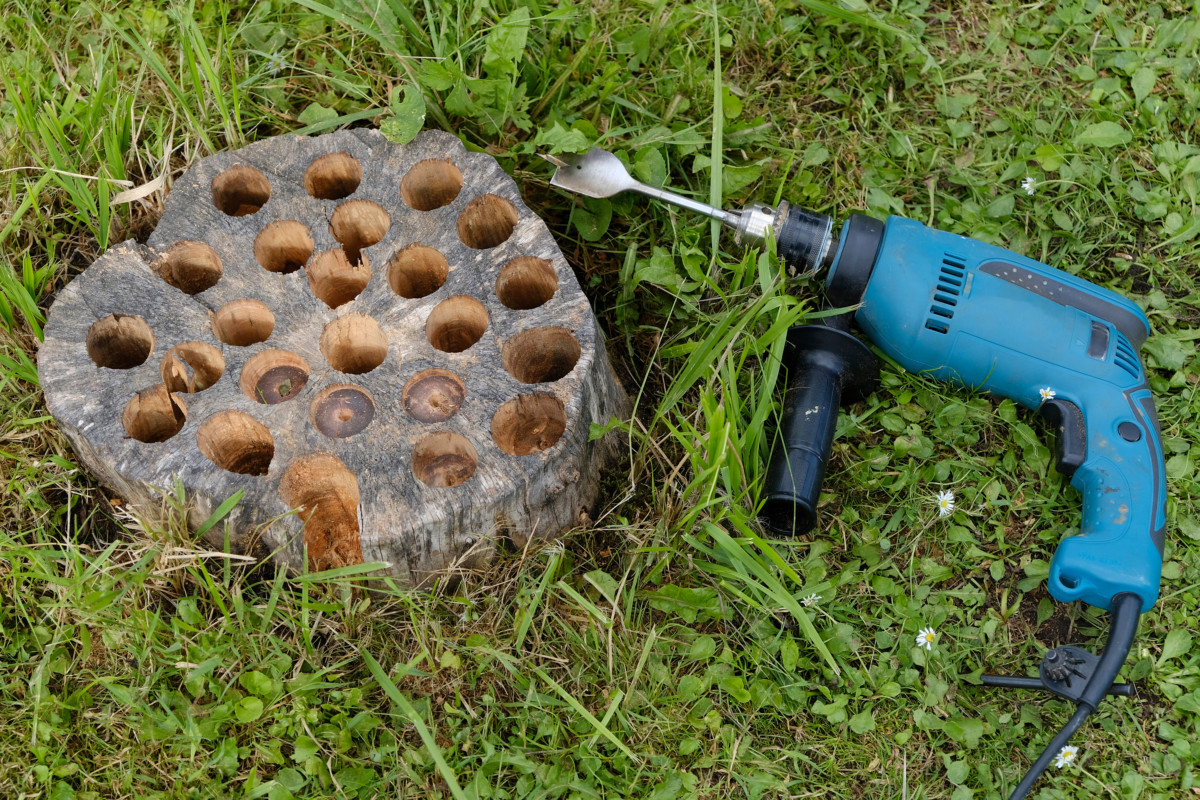
Soak the stump thoroughly with water. Pour 100% urine over the top, making sure to fill the holes all the way up. Cover it with a tarp, leaves, or shredded mulch to retain moisture.
About once a week, uncover the stump and top it up with fresh urine.
Depending on the size of the stump, it could take several months to a couple of years to fully rot down the remaining wood with pee. The rate of decay can be sped up by soaking the stumps in urine every day.
6. Mark Your Territory
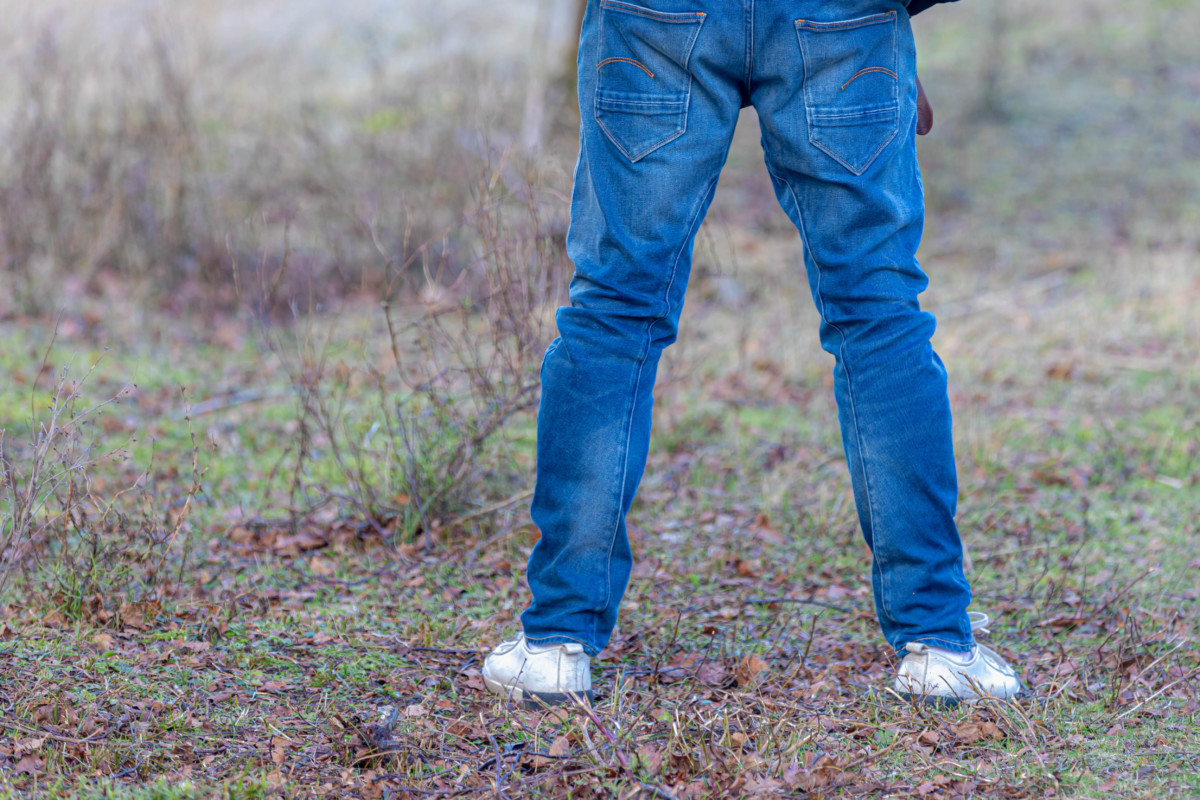
The animal kingdom largely operates on scents in the air as an important means of communication.
Wafting smells alert animals in the vicinity that a predator is near or territory is taken and not to come too close.
Predator pee is an effective natural repellent for grazing and rummaging animals like rabbits, moles, voles, squirrels, chipmunks, raccoons, and deer. You can find a bottle of coyote, bobcat, or fox urine sold at most garden centers and hardware stores.
Urine of the human variety can be used in the same way – as a warning for critters and predators to stay away. Some homesteaders swear by the stuff to keep their crops and livestock safe.
How to use urine to mark your territory
The very first pee of the day will be the most pungent in smell and riddled with hormones. Collect it in a jug and use it within 24 hours for the best results.
It’s said that the urine from males is more effective as an animal deterrent since it has higher levels of testosterone.
Splash the pee on elevated surfaces, like tree trunks or fence posts, so that the smell of the urine can travel further afield. Make your marks around the perimeter of your garden beds and animal pens.
To keep the human scent strong, reapply often and after every rainfall.

Get the famous Rural Sprout newsletter delivered to your inbox.
Join the 50,000+ gardeners who get timely gardening tutorials, tips and tasks delivered direct to their inbox.

